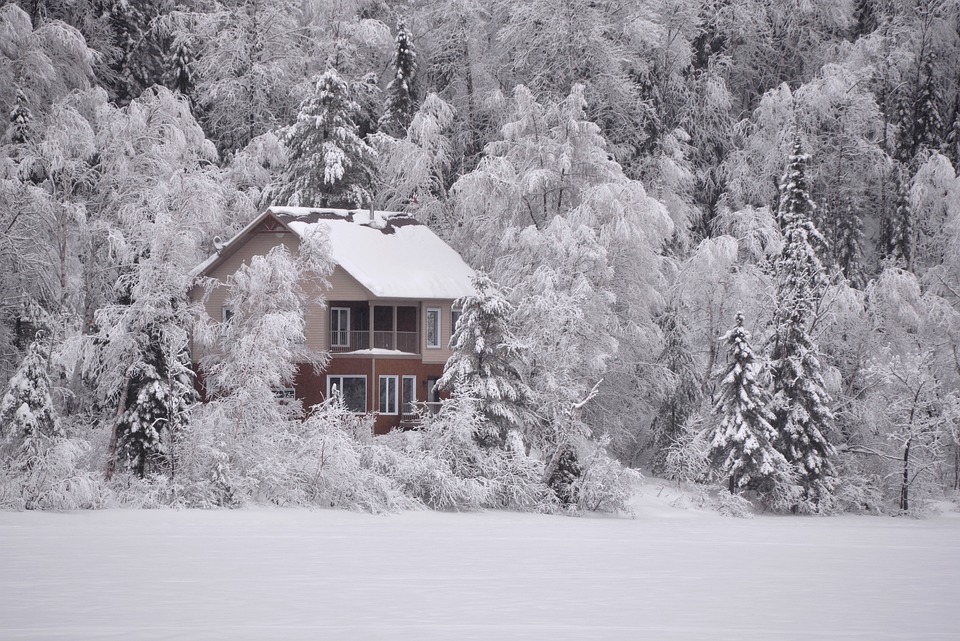As the crisp air of autumn sets in, it’s easy to forget the chill that winter will bring. The potential for frozen pipes is a serious concern for homeowners. Here’s how you can prepare your home now to prevent those icy headaches later.
Understanding the Risks
Frozen pipes can lead to significant damage. When water freezes, it expands, which can cause pipes to crack or burst. This not only results in costly repairs but can also lead to water damage and mold growth. Knowing this, it’s essential to take preventative measures before the temperatures drop.
- Insulate Exposed Pipes
One of the simplest ways to protect your plumbing is to insulate any exposed pipes in unheated areas of your home, such as basements, attics, and garages. Use foam pipe insulation or heat tape to wrap pipes, ensuring that they are well-protected against freezing temperatures. This step is crucial, especially for pipes that run along exterior walls. - Seal Cracks and Openings
Cold air can sneak into your home through cracks and gaps around windows, doors, and even where pipes enter the walls. Inspect your home for any openings and seal them with caulk or insulation foam. Pay special attention to areas where the plumbing enters your home, as these are often vulnerable to cold drafts. - Maintain a Consistent Temperature
During the cold months, it’s important to keep your home at a consistent temperature, even when you’re away. Aim to maintain a temperature of at least 55°F (13°C) to help prevent pipes from freezing. If you plan to be away for an extended period, consider asking a friend or neighbor to check on your home and keep the heat on. - Let Faucets Drip
On particularly frigid nights, allow a slow drip from faucets connected to pipes that run through unheated spaces. This small amount of running water can help prevent pipes from freezing. It’s also a good idea to open cabinet doors under sinks to allow warm air to circulate around plumbing. - Keep Garage Doors Closed
If you have water supply lines in your garage, keeping the garage door closed can help maintain a warmer environment. If you must open the door, try to do so only when necessary. - Know Your Main Water Shut-Off
In the unfortunate event that a pipe does freeze and burst, knowing how to quickly shut off your home’s main water supply can prevent extensive damage. Locate the main shut-off valve and make sure everyone in your household knows its location and how to operate it. - Consider a Smart Thermostat
Investing in a smart thermostat can help you maintain a consistent temperature in your home, even when you’re away. Many smart thermostats allow you to control the temperature remotely, providing peace of mind during cold snaps. - Regularly Inspect Your Plumbing
Finally, take the time to regularly inspect your plumbing system. Look for any signs of wear, corrosion, or leaks. Addressing small issues before they become major problems can save you time and money in the long run.
Conclusion
Preparing your home for winter doesn’t have to be a daunting task. By taking these proactive steps now, you can minimize the risk of frozen pipes and the costly damage that can accompany them. Remember, a little preparation goes a long way in ensuring your home stays warm and your plumbing system remains intact throughout the chilly months ahead. Stay cozy and safe this winter!

